Introduction to PON (Passive Optical Network) and its network architecture
Time: 2023-06-25
PON is Passive Optical Network (Passive Optical Network) for short, through an optical fiber to access multiple users at the same time, is currently the mainstream technology for fixed network access. Domestic scale began to use in 2006, from the initial family and commercial user access, and now gradually to large enterprise parks and industry network expansion, application scenarios are getting richer and richer.
PON is a point-to-multipoint (P2MP) optical network structure, consisting of optical line terminal OLT, optical network unit ONU and optical distribution network ODN, the network architecture is shown in the figure below:
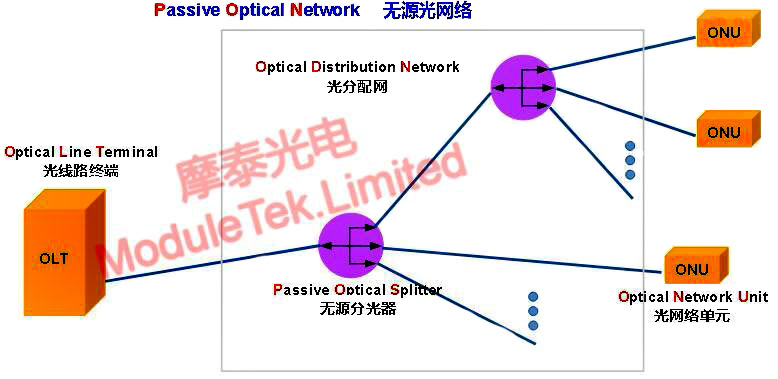
Figure 1 Network architecture diagram of PON
OLT: Optical Line Terminal (Optical Line Terminal), a simple understanding of the fiber optic network transmission of the "upstream" operator side of the equipment side, the role is to communicate with the user side of the ONU through one or more ODN fiber optic distribution network. OLT equipment is generally deployed in the operator's base station or service node room.
ONU: Optical Network Unit (ONU), belonging to the user-side equipment, is used to receive the data sent by OLT and directly provide services for the user.The relationship between OLT and ONU is master-slave communication, and OLT manages the signaling and monitoring information from ONU.
ODN: Optical Distribution Network (Optical Distribution Network), refers to the passive optical distribution network between OLT and ONU, which is composed of access fiber lines and optical splitters, and serves as the physical connection between ONU and OLT to provide optical transmission channels for both of them.ODN can be used as a primary splitter or a secondary splitter, and secondary splitters are predominantly used in the actual project. ODN can adopt primary or secondary light splitting, and in actual engineering, secondary light splitting is mostly used.
PON in different stages of network development evolved a variety of different technical solutions, such as the early narrow-band PON, APON, BPON, the current popular EPON, GPON, 10G EPON, XG-PON, XGS-PON, as well as the future of the 50G-PON and so on, the difference between different PON technologies is relatively large, but from the point of view of the user, the main difference lies only in the line rate, the available bandwidth, and the number of users. The difference lies only in the line rate, available bandwidth and operating wavelengths and other aspects, the principle of network architecture is basically similar.
It is worth noting that the reason why PON is called "passive optical network", refers to the ODN optical distribution network part of the passive, that is, the ODN does not contain any electronic devices and power supply, all by the optical splitter (Splitter), fiber optic connectors and other passive physical optical devices. OLT and ONU are still active devices.
Moduletek Limited is at your service!
If you have any questions about the above content, you can contact us by Email : web@moduletek.com

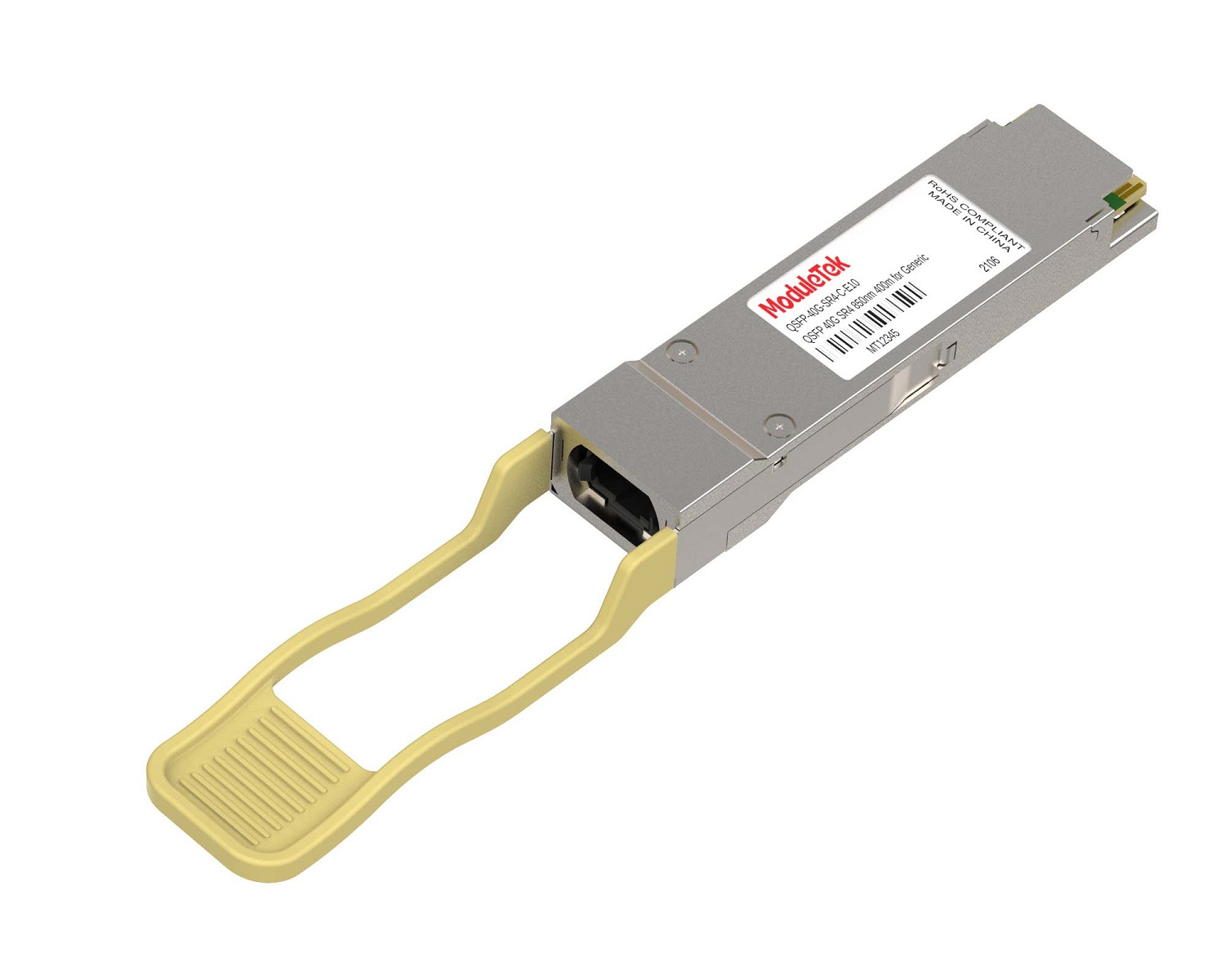 40G/100G Optical Transceivers
40G/100G Optical Transceivers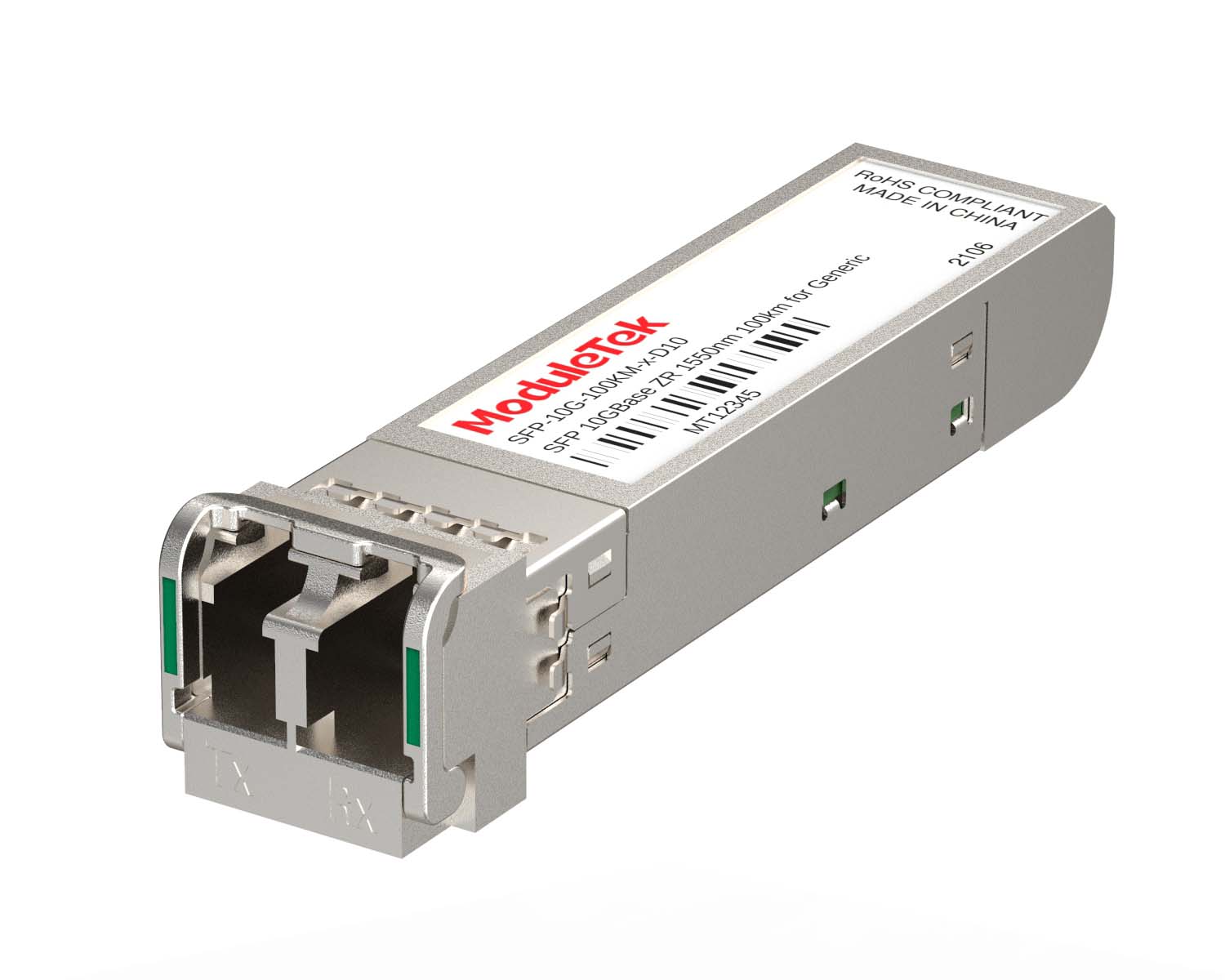 10G/25G Optical Transceivers
10G/25G Optical Transceivers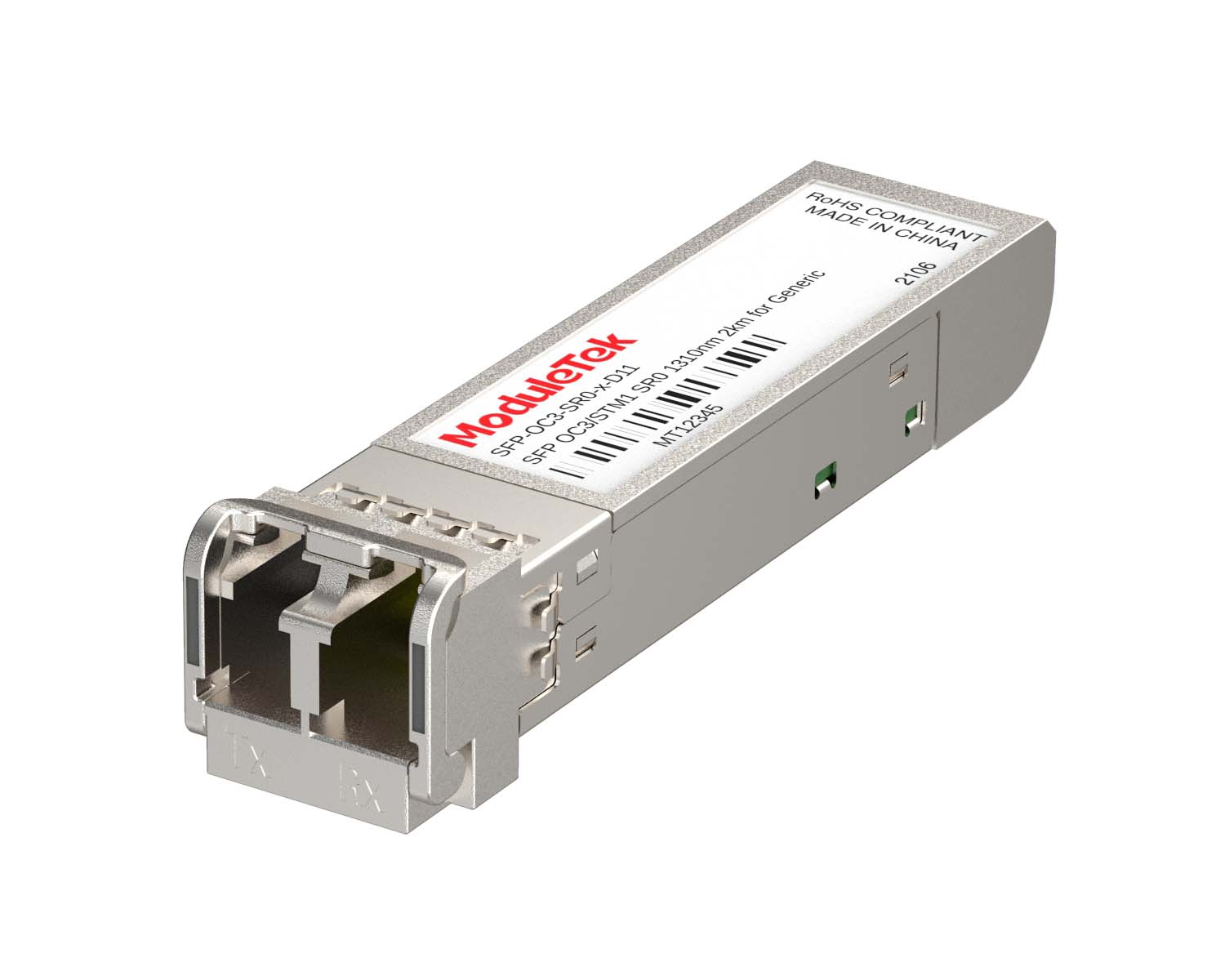 155M/622M/2.5G Optical Transceivers
155M/622M/2.5G Optical Transceivers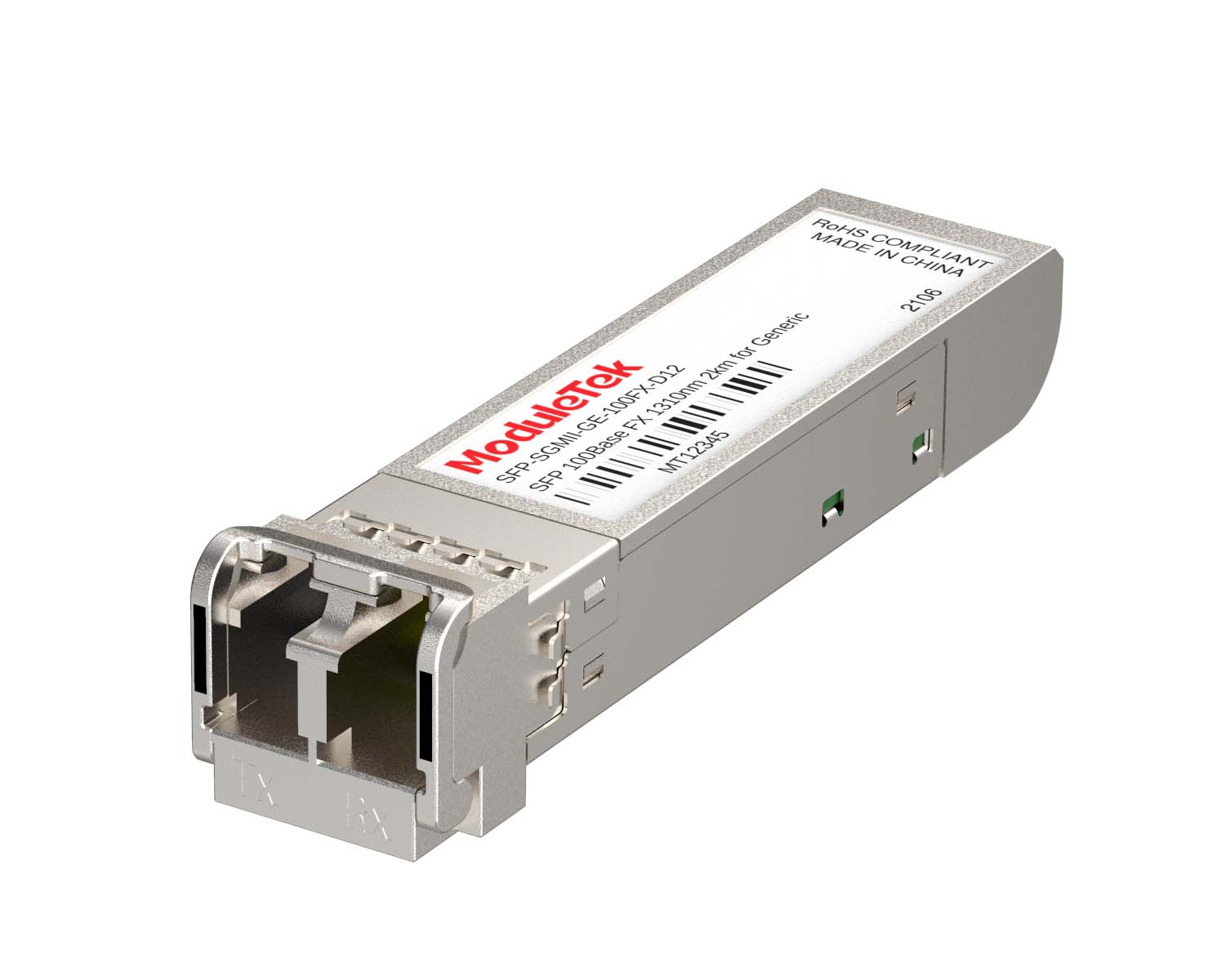 100M/1G Optical Transceivers
100M/1G Optical Transceivers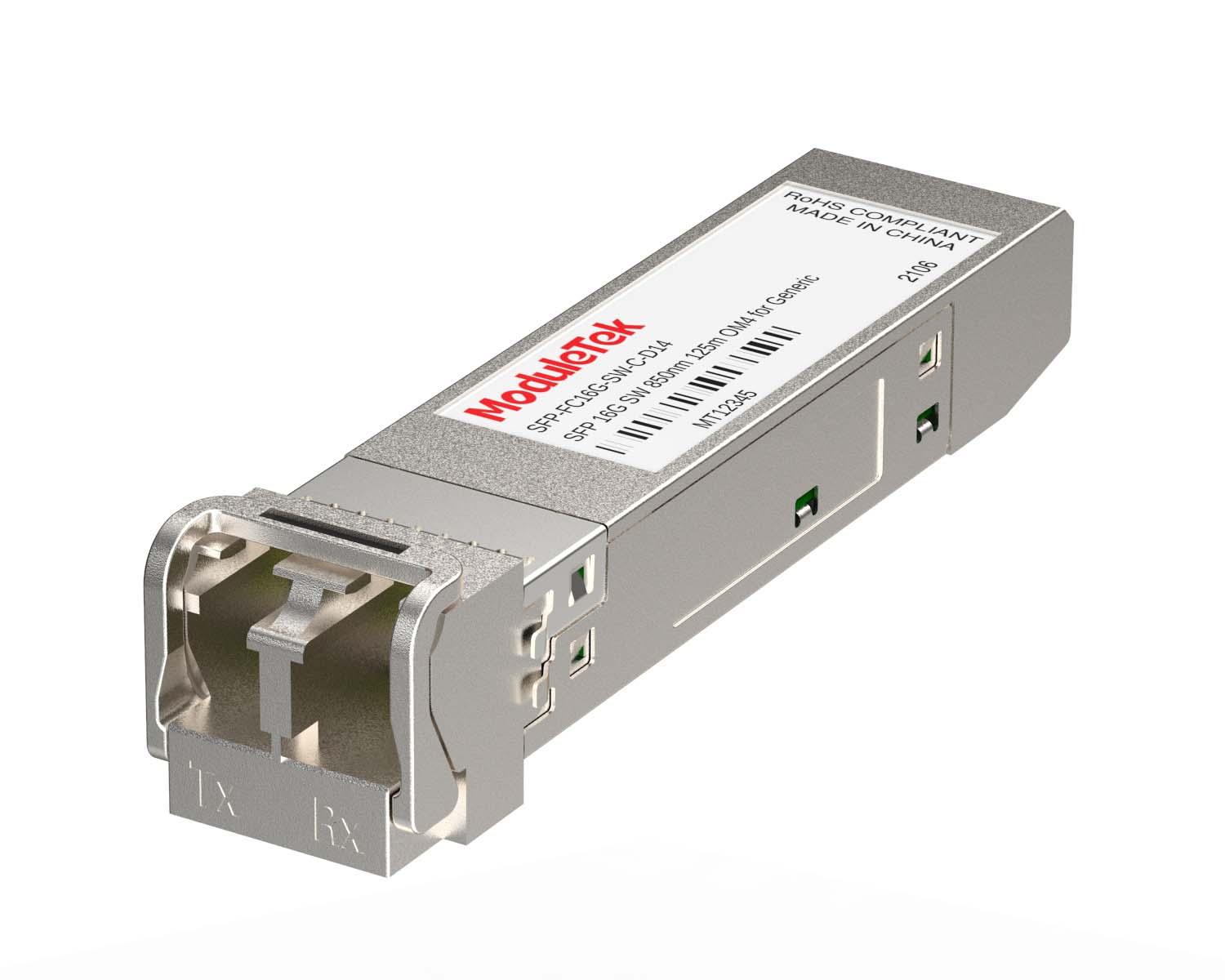 FC 16G/32G Optical Transceivers
FC 16G/32G Optical Transceivers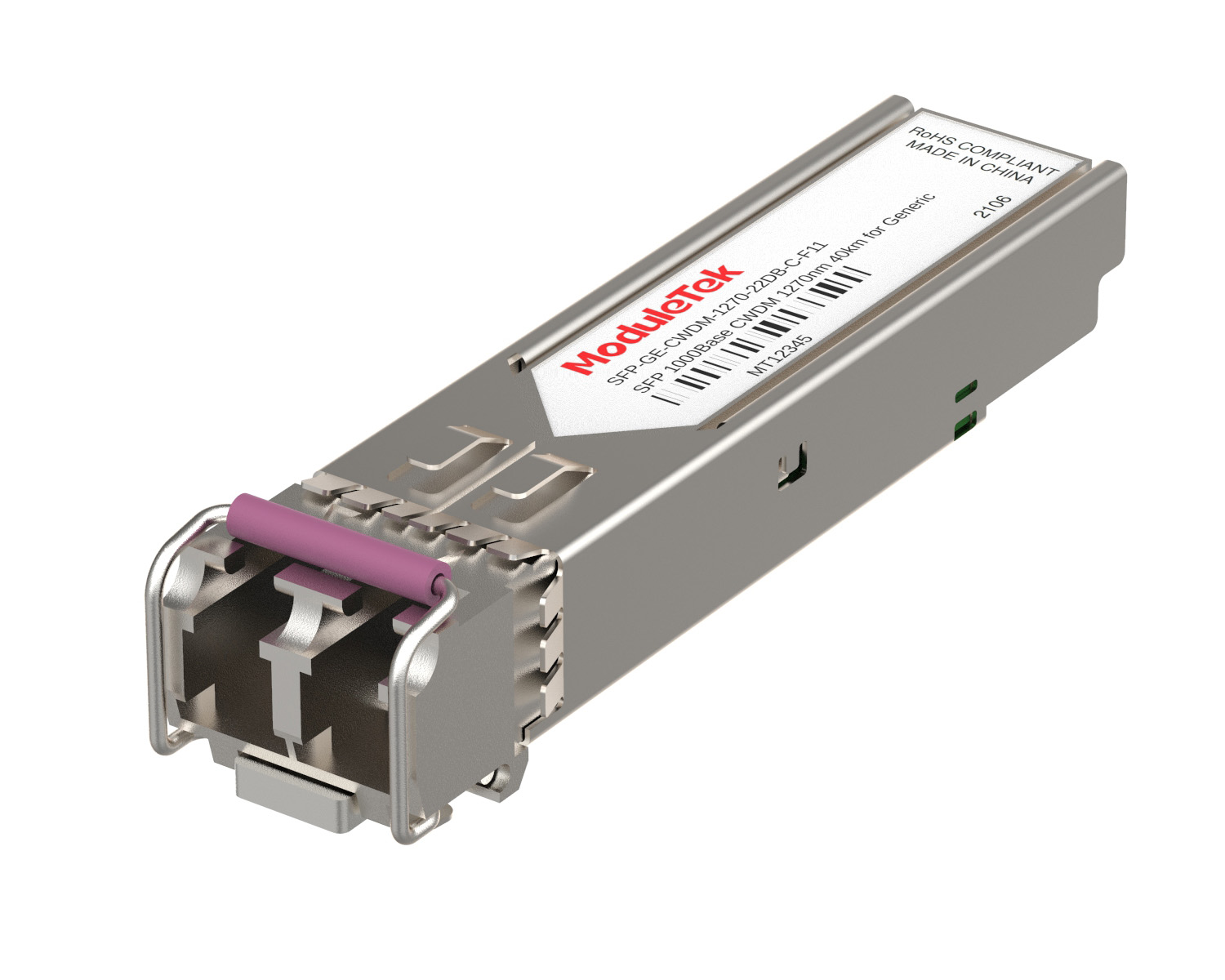 CWDM/DWDM Optical Transceivers
CWDM/DWDM Optical Transceivers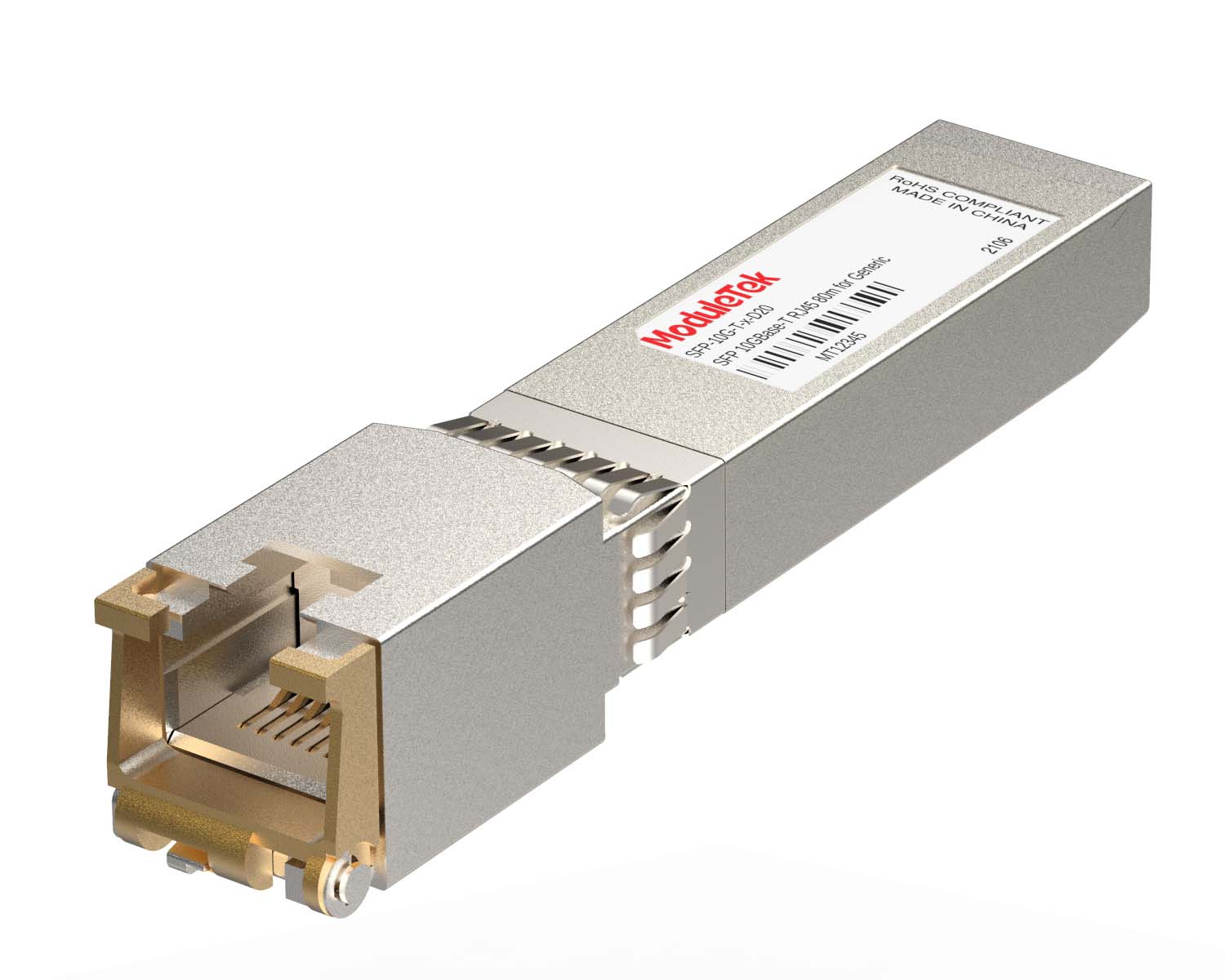 100M/1G/10G Coppers
100M/1G/10G Coppers Active Cable AOC
Active Cable AOC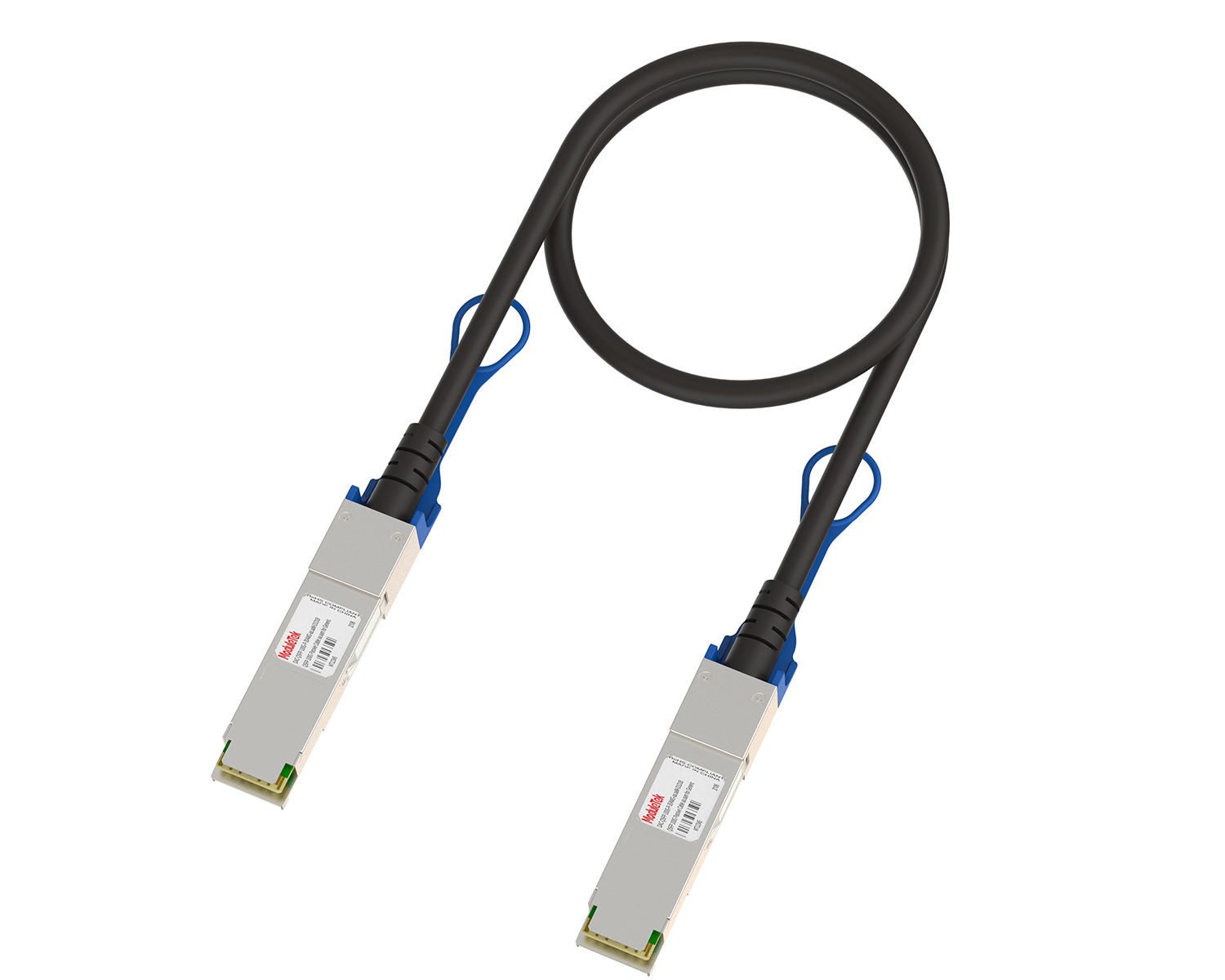 Direct Attach Cable DAC
Direct Attach Cable DAC Regular/MTP-MPO Fiber Patch Cords
Regular/MTP-MPO Fiber Patch Cords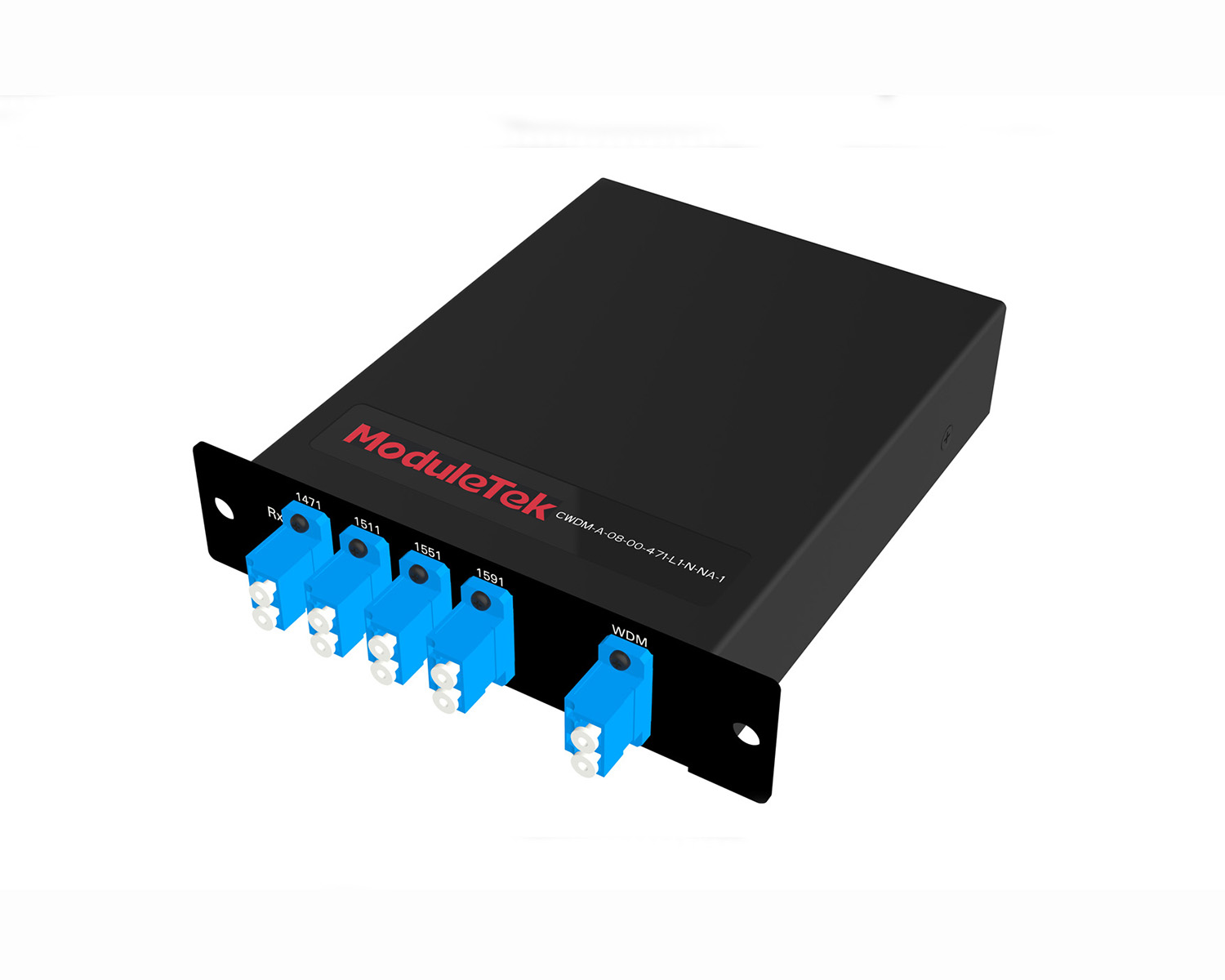 MT2011
MT2011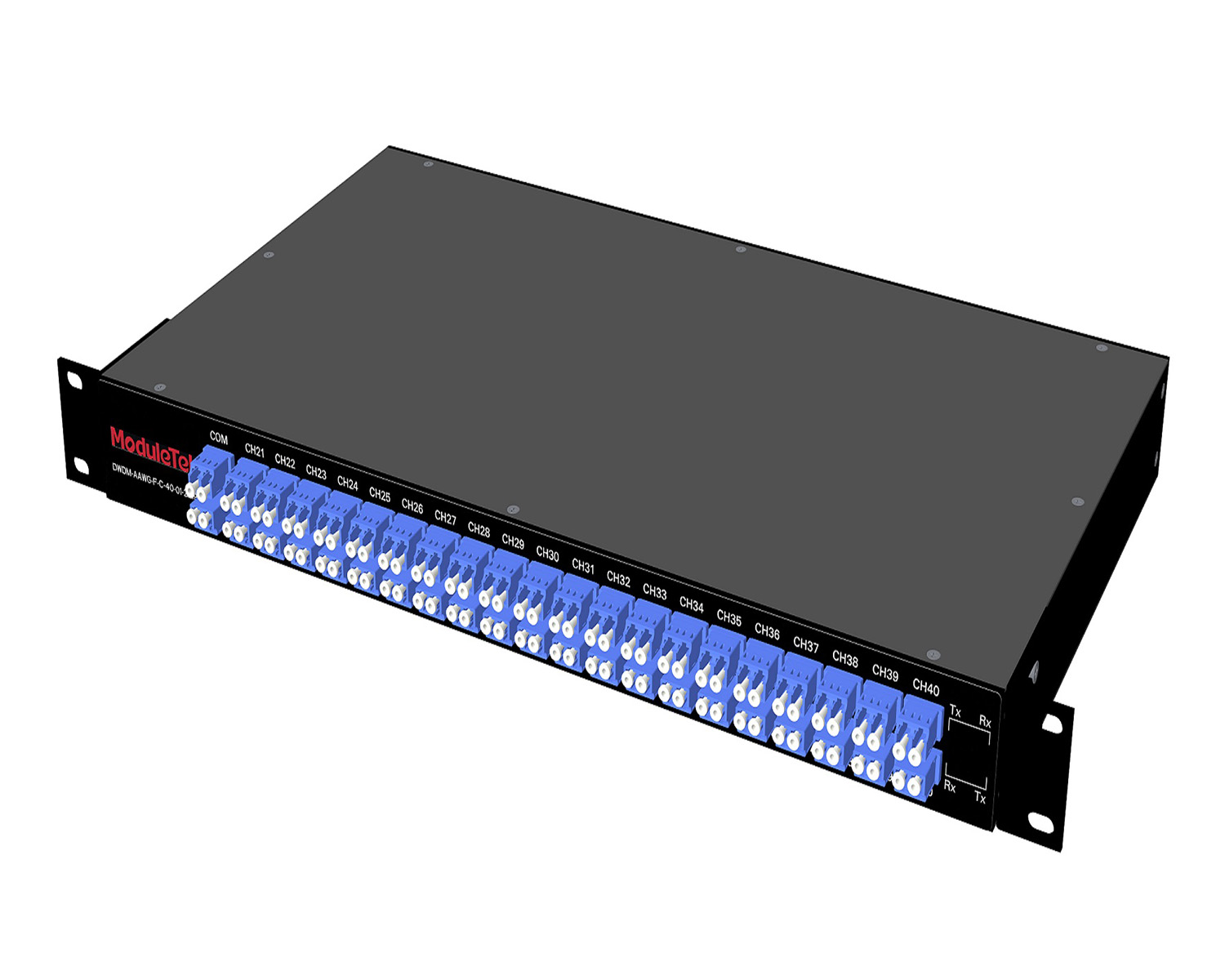 MT2010
MT2010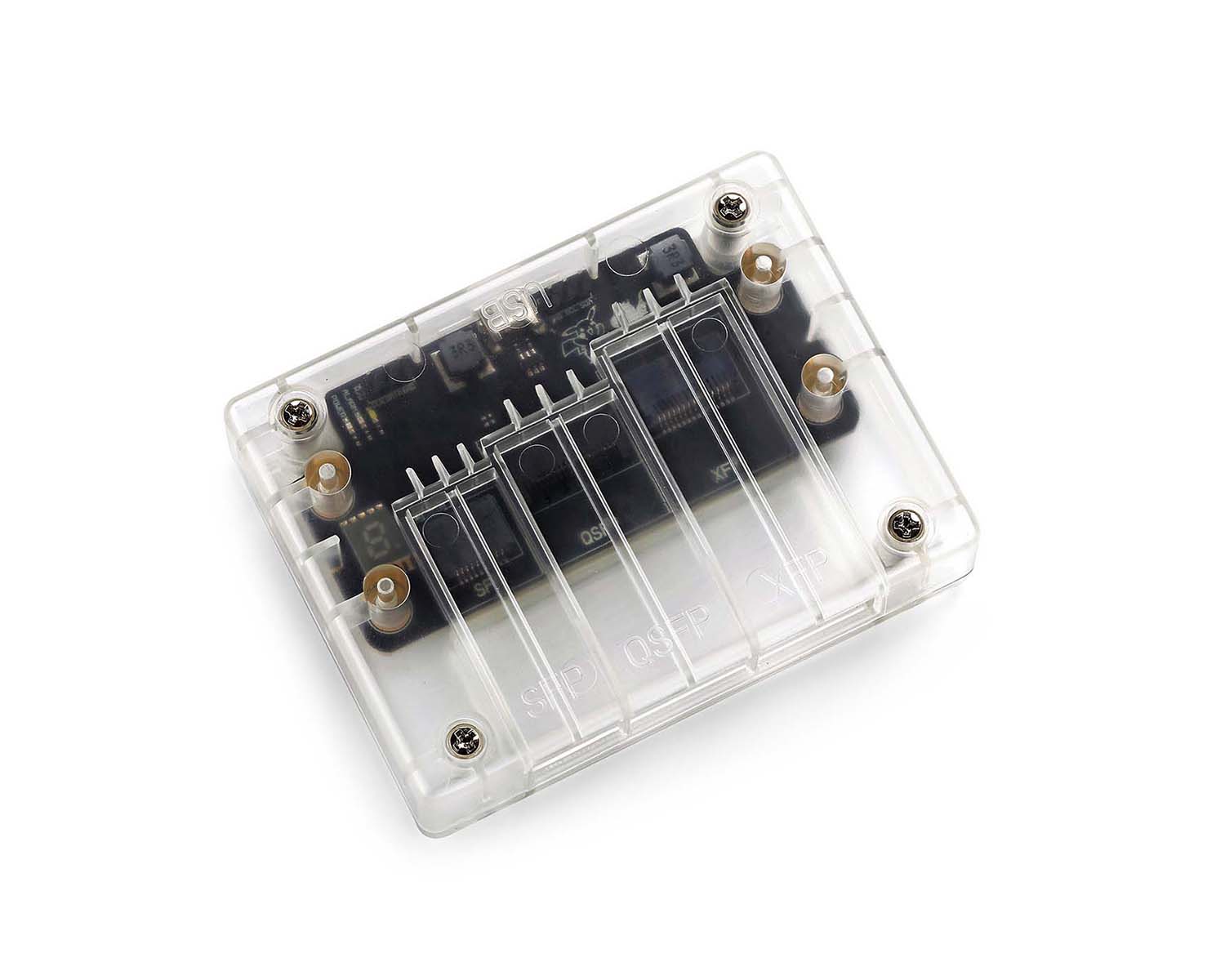 CodingBox
CodingBox






